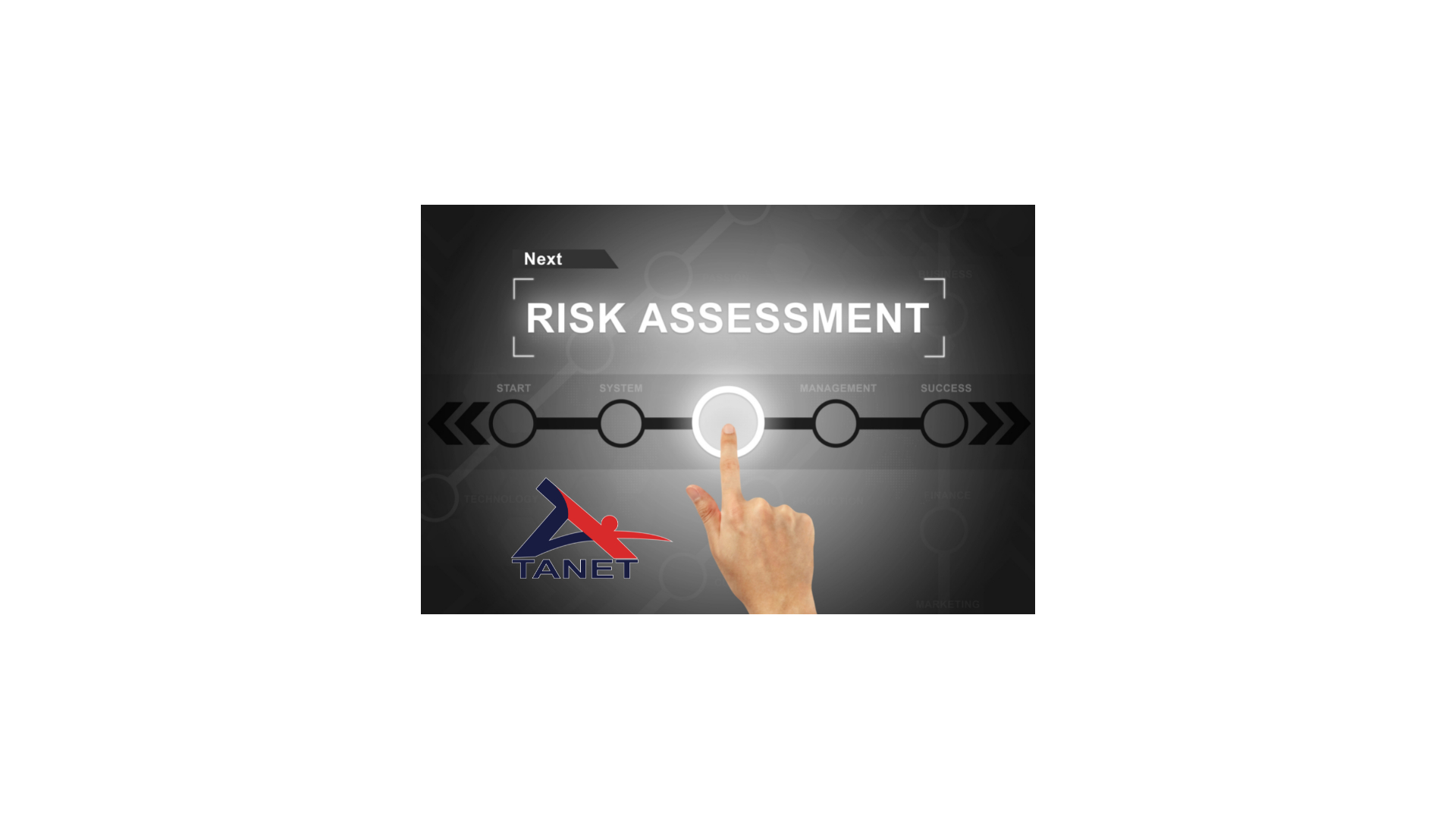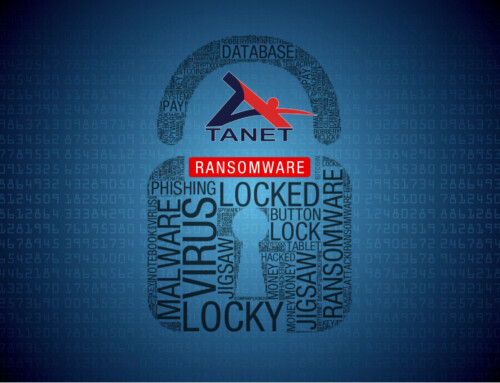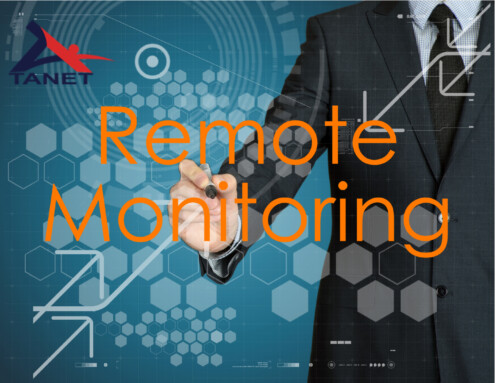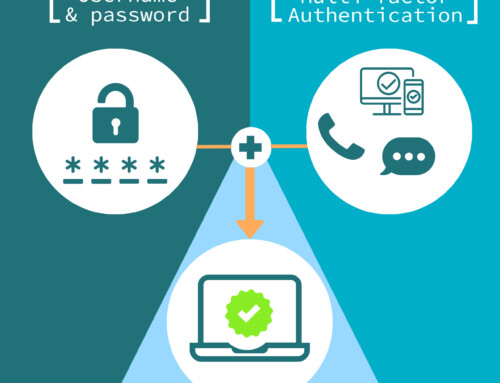Strengthening Compliance and Security: The Importance of Risk Assessments
In today’s interconnected digital ecosystem, organizations face an ever-expanding array of cyber threats and regulatory requirements. Whether you operate in healthcare, finance, or any other industry, ensuring compliance with data protection regulations and safeguarding sensitive information is paramount. One of the most effective tools at your disposal for achieving these objectives is a comprehensive risk assessment.
1. Compliance Assurance:
For organizations operating under regulatory frameworks such as GDPR, HIPAA, or PCI DSS, compliance is non-negotiable. Failure to comply with these standards can result in hefty fines, legal repercussions, and irreparable damage to reputation. A risk assessment serves as a proactive measure to identify potential areas of non-compliance within your technology infrastructure, data handling processes, and security controls. By pinpointing vulnerabilities and gaps in compliance, organizations can take corrective actions to align with regulatory requirements and mitigate the risk of costly penalties.
2. Enhanced Security Posture:
A risk assessment is not just about checking boxes for compliance; it’s about fortifying your organization’s security posture. By conducting a thorough analysis of threats, vulnerabilities, and potential impacts, you gain valuable insights into the security risks facing your organization. This deeper understanding allows you to prioritize resources, implement targeted security measures, and establish robust defense mechanisms against cyber threats. From patching software vulnerabilities to strengthening access controls, every action taken as a result of the risk assessment contributes to bolstering your overall security resilience.
3. Threat, Vulnerability, and Impact Assessment:
At the heart of any effective risk assessment lies the evaluation of threats, vulnerabilities, and impacts.
- Threat Assessment: Identifying potential sources of harm to your organization’s assets, whether they are malicious actors, natural disasters, or technological failures. Understanding the evolving landscape of cyber threats empowers you to anticipate and preemptively defend against potential attacks.
- Vulnerability Assessment: Examining weaknesses and susceptibilities within your IT infrastructure, software systems, and operational processes. This involves assessing factors such as outdated software, inadequate security controls, and human error that could be exploited by threat actors. By addressing vulnerabilities proactively, you reduce the likelihood of successful cyberattacks and data breaches.
- Impact Assessment: Estimating the potential consequences of security incidents on your organization’s operations, finances, and reputation. This includes quantifying factors such as data loss, downtime, financial losses, regulatory fines, and reputational damage. Understanding the potential impact of security breaches enables you to prioritize risk mitigation efforts and allocate resources effectively.
Conclusion:
In an era defined by escalating cyber threats and stringent regulatory requirements, organizations cannot afford to overlook the importance of risk assessments. By conducting thorough assessments of threats, vulnerabilities, and impacts, organizations can strengthen their compliance posture, enhance their security resilience, and safeguard their valuable assets. Ultimately, investing in risk assessments is not just a regulatory obligation; it’s a strategic imperative for protecting your organization from the ever-evolving landscape of cyber risks.
































